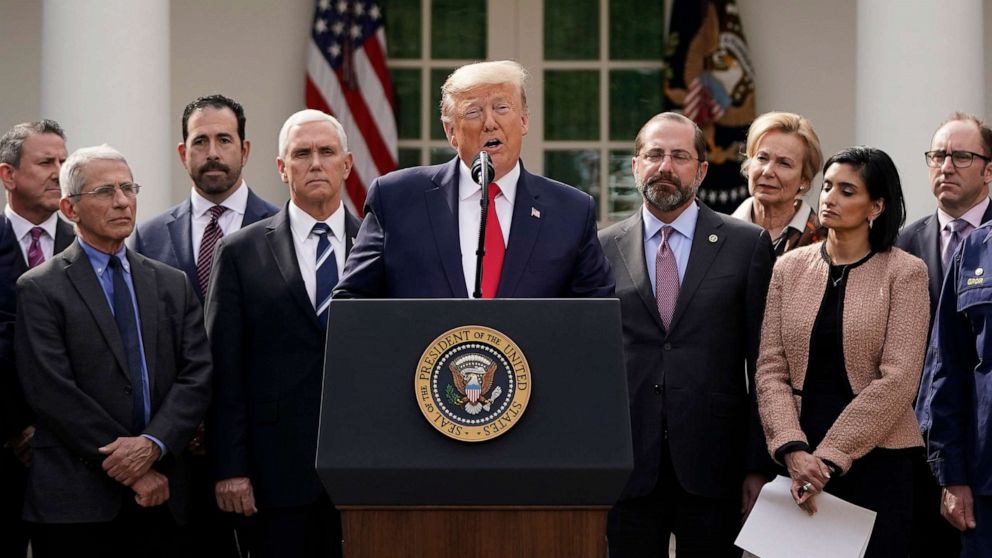Fact Check: Trump’s coronavirus response plagued with misstatements
This past week marked a turning point for the president, who seems to have finally come to grips with the scale and scope of the global pandemic surrounding novel coronavirus. But unfortunately, his misleading and false statements are spreading this week apace with with the virus itself.
Coverage of his hastily arranged Oval Office address to the nation on Wednesday night immediately captured a number of untrue statements. While the president's mission was to reassure a nation reeling from fear and uncertainty, his message was muddled in confusing and false statements. The next day the markets responded in kind. Responding to the president and to announcements that some large corporations would halt business as usual, the Dow Jones industrial average plummeted by 10 percent -- the biggest drop since 1987.

Here are just some of the things the White House said this week that simply are not true. Welcome back to Fact Check Friday.
Oval correction
It's one thing when you send out a tweet to correct another tweet. It's entirely different when you send out a tweet to correct errors in a prime-time presidential address to the nation amidst a public health emergency with life and death consequences. But that's what the president had to do Wednesday night.
And if he were being completely honest he would have sent a few more corrections.
His biggest error was to falsely declare that the European travel ban would also "apply to the tremendous amount of trade and cargo but various other things as we get approval." He later corrected that in a tweet, noting "trade will in no way be affected by the 30-day restriction on travel from Europe," offering no explanation for the initial error.
But he never corrected his false claim that health insurers have agreed to waive co-payments for coronavirus treatments. In fact, as the Vice President had already announced earlier in the week that insurance companies agreed to waive co-pays for testing, not treatment.
'Going Smooth'
Thursday really highlighted the conflicting narrative between the president and pretty much everyone else on COVID-19 testing. On the same day the president claimed "testing has been going very smooth," his top public health official called the national response "a failing." Even loyal Republicans lawmakers told ABC News the president's messaging is off.
The president said at the Centers for Disease Control in Atlanta this week "anyone who wants a test can get a test." He said it repeatedly. "Anybody right now and yesterday anybody that needs a test gets a test. They’re there. The tests are there. The tests are beautiful. Anyone who wants a test can get a test."
But it's simply not true. Not only are there countless examples of Americans who want tests and can't get them, but as CDC Director Robert Redfield pointed out in testimony to Congress this week, there are 350 million Americans and only about 4 million tests in the pipeline. The math doesn't add up.
The president also claimed Thursday at the White House "we’re very much ahead of everything."
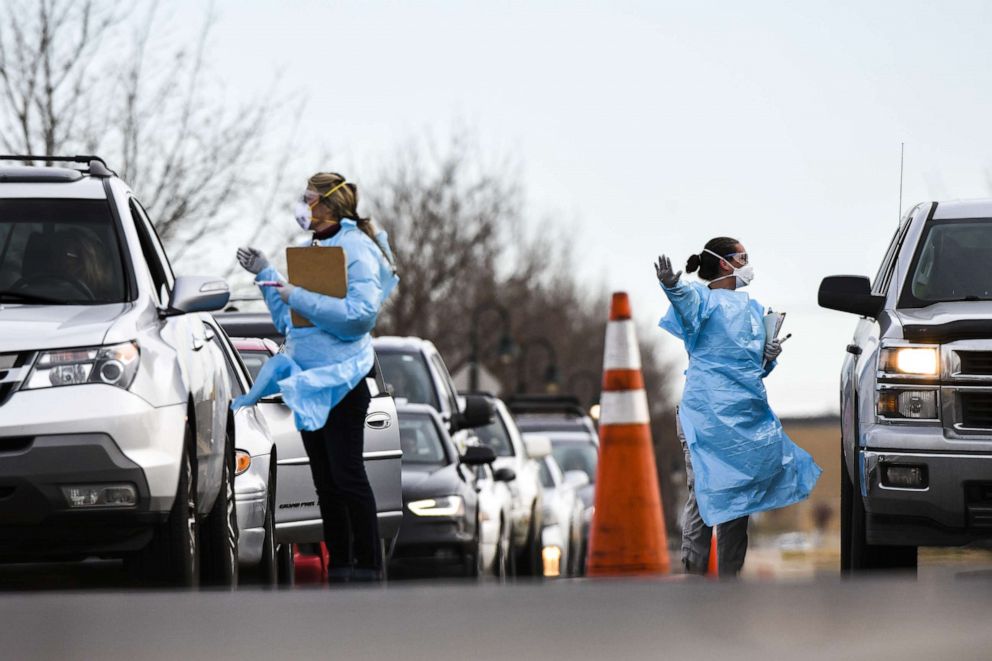
According to ABC News estimates as of Wednesday night public labs in the U.S. had conducted only around 10,000 tests. By comparison, South Korea is conducting 10,000 tests a day. The American numbers are expected to rise sharply, but the numbers clearly show they're behind.
The president also claimed on Thursday that Americans returning from Europe are being tested at the airport.
"But we have them very heavily tested," Trump said. "If an American is coming back, or anybody is coming back, we are testing. We have a tremendous testing set up where people coming in have to be tested," Trump said. "Frankly... we are not putting them on planes if they’re, if it shows positive."
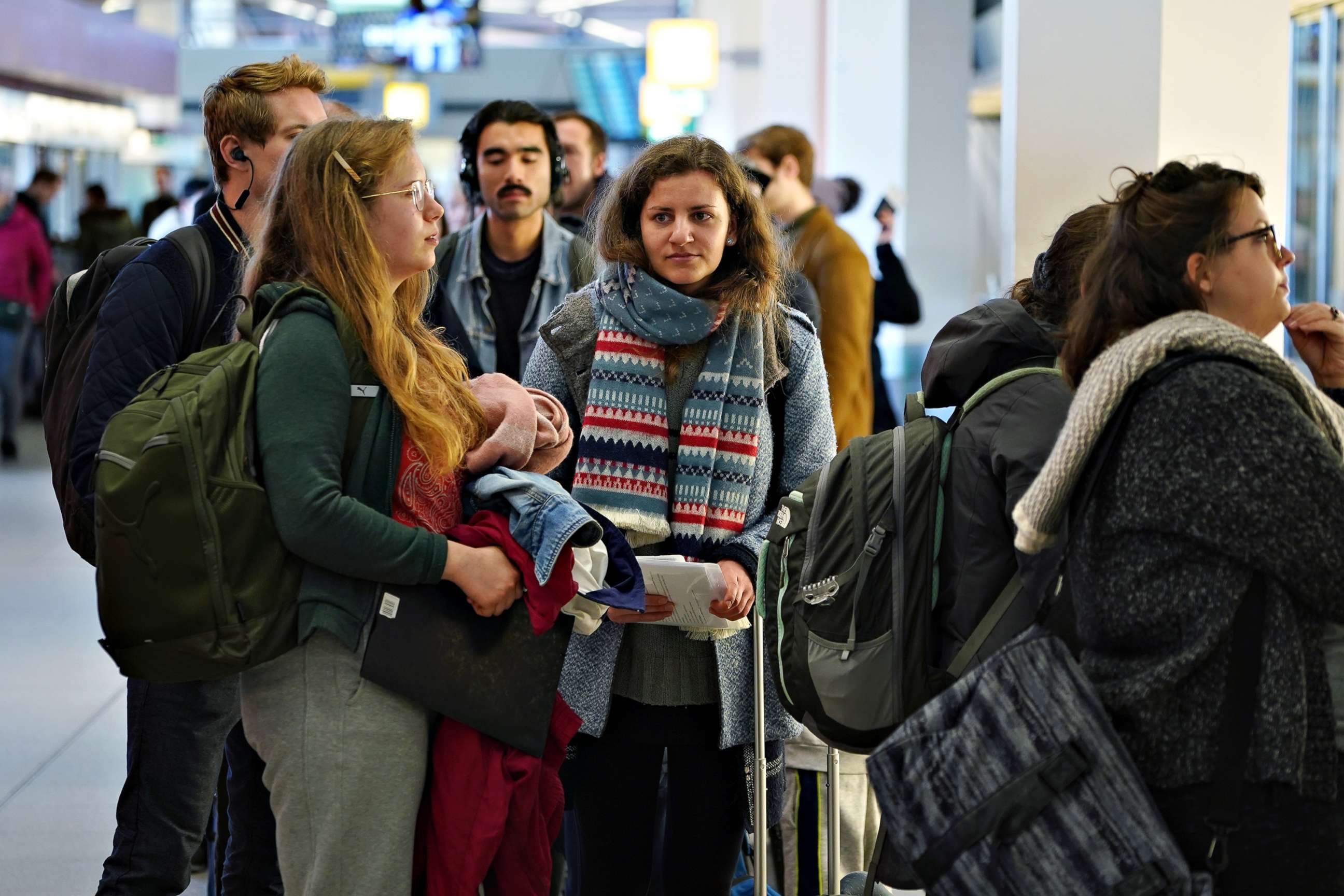
That is also false. Not only has ABC spoken to multiple people who returned from Europe on Thursday who were NOT tested, it's also unclear the government is even preparing to do the testing.
Customs and Border Protection tells ABC News that starting at 11:59 p.m. Friday all arriving passengers who've been to the restricted European countries within 14 days -- and are exempt from the outright ban on travel -- will be referred to the CDC for "advanced health screenings." But they make no mention of tests. And the CDC has not responded to our questions about whether or not "advanced health screening" equates to a test.
Europe's failures
The point of the president's Oval Office address was to announce that he'd banned incoming travel from much of Europe. But even that message was riddled with inaccuracies and ambiguity.
"We have been in frequent contact with our allies, and we are marshaling the full power of the federal government and the private sector to protect the American people," the president declared. Yet the Europeans said they were completely caught off guard by the announcement. In a statement the morning after Trump's remarks the EU said "the U.S. decision to impose a travel ban was taken unilaterally and without consultation."
Describing it as a "foreign" virus the president broadly blamed the European Union for taking the same precautions he did and restrict travel from China and other hot spots. "As a result, a large number of new clusters in the United States were seeded by travelers from Europe," Trump said.
Tune into ABC News Live at noon ET every weekday for the latest news, context and analysis on the novel coronavirus, with the full ABC News team where we will try to answer your questions about the virus.
While the president might be speaking in broad terms, Italy, the country hit hardest by the coronavirus in Europe, imposed a ban on flights to and from China, including Hong Kong and Macao, and Taiwan, on January 31st -- three days before the U.S. imposed a similar ban on flights to and from China. However, the U.S. ban did not include Hong Kong, Taiwan and Macao.
Perhaps the most critical line of his speech was also inaccurate. "To keep new cases from entering our shores, we will be suspending all travel from Europe to the United States for the next 30 days," Trump said.
He mentioned that the United Kindgom was exempt, but didn't mention a whole host of European countries also exempt, including: Ireland, Croatia, Romania, Bulgaria, Serbia, Bosnia and Herzegovina, Montenegro, Albania, Kosovo, North Macedonia, Moldova, Ukraine and Belarus.
On Friday afternoon while he was declaring a national emergency from the Rose Garden, he continued these false claims.
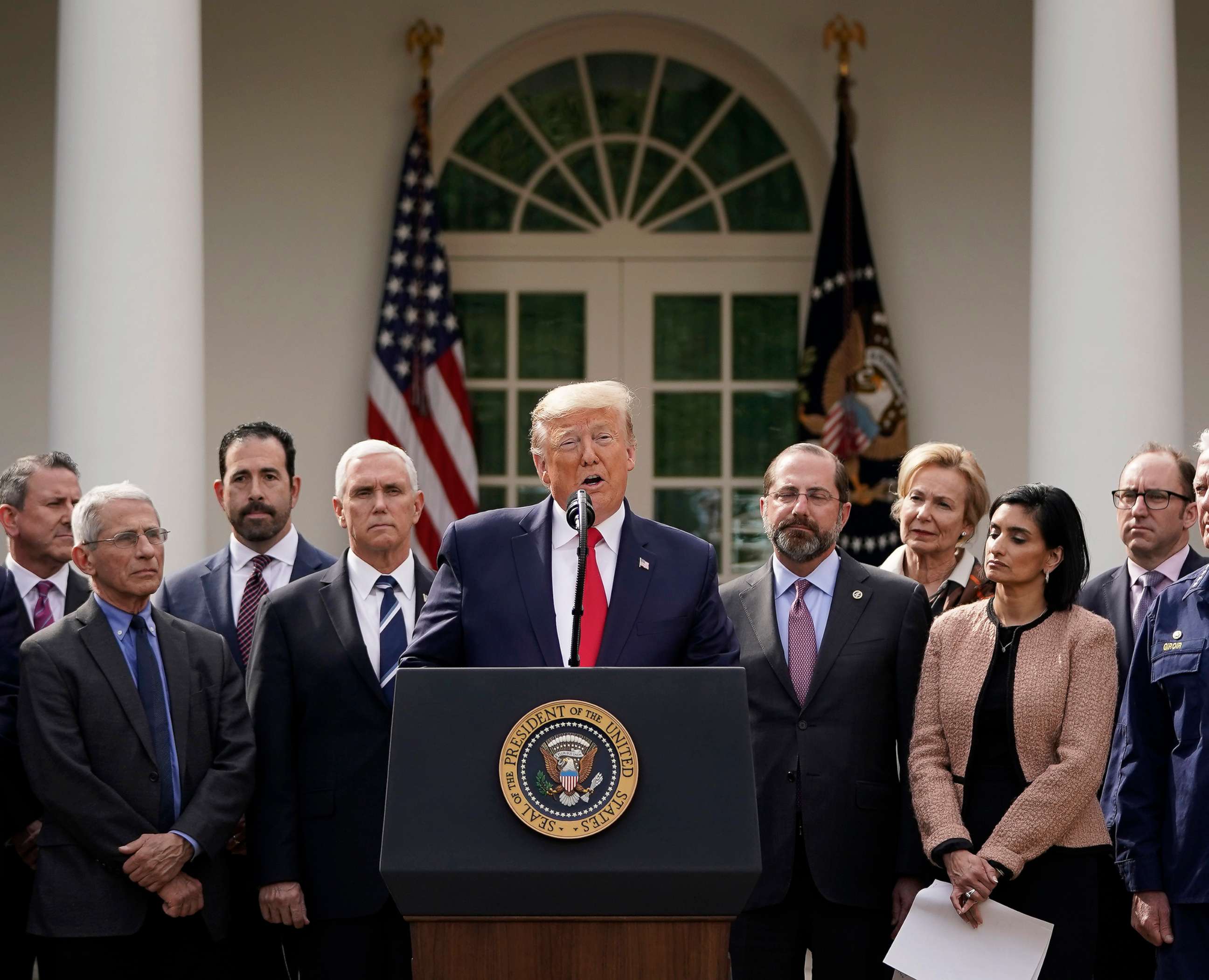
"Europe was just designated as the hotspot right now," he said. "And we closed that border a while ago."
At the time of his speech, this was not true. The travel restrictions start Friday at midnight.
No contact, no test
After learning that a senior Brazilian official who met in person with the president over the weekend had tested positive for the virus, questions were immediately raised about whether or not the president should be tested, or even quarantined.
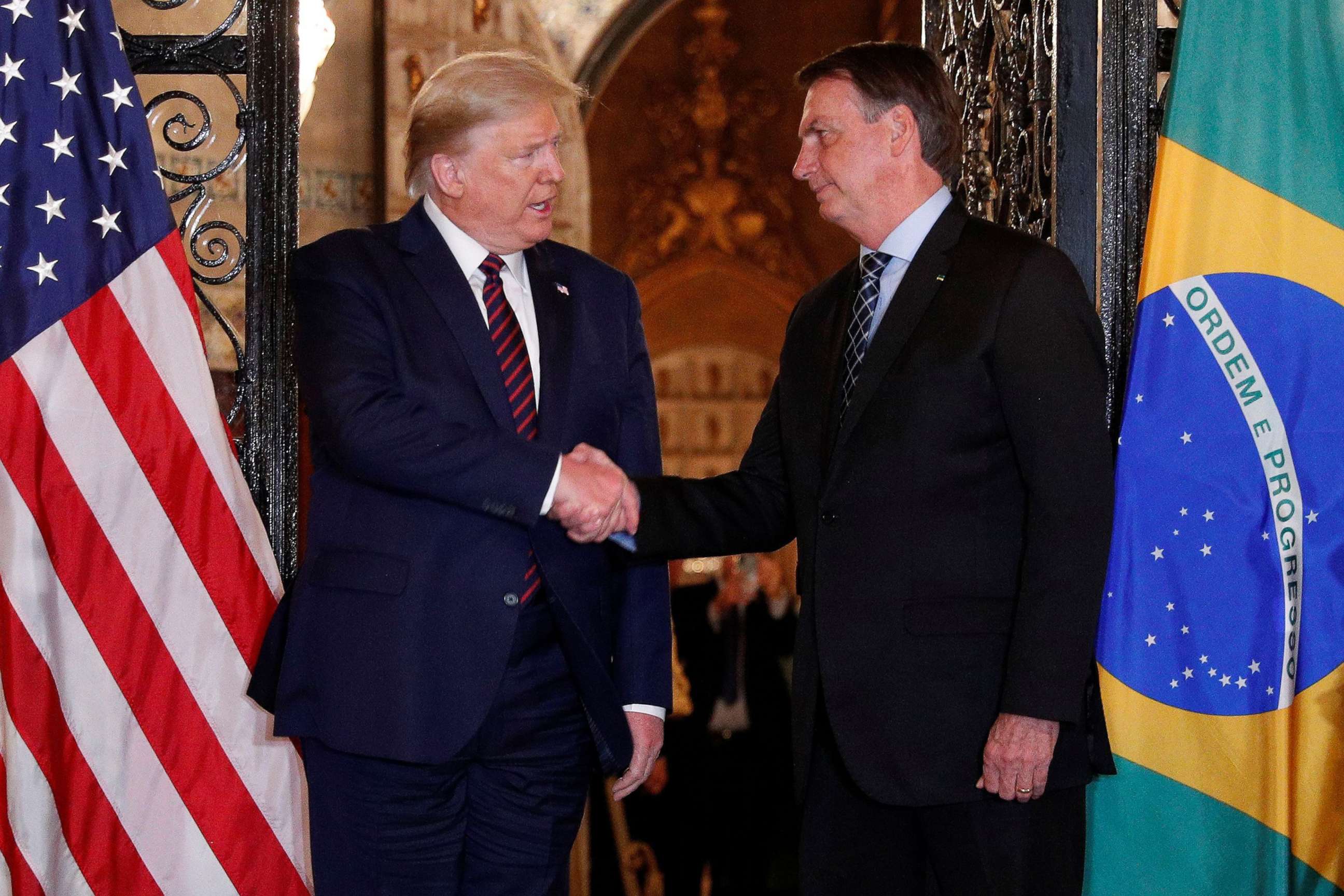
In response, the president's press secretary, Stephanie Grisham, stated the president does not need to be tested for COVID-19 because "both the President and Vice President had almost no interactions with the individual who tested positive and do not require being tested at this time."
However, in a photo posted by Wajngarten on Instagram, it clearly shows Trump side-by-side touching the Brazilian president's press secretary who tested positive for COVID-19 days after their meeting. They had contact on multiple occasions.
UPDATE: The president has since taken the test and the White House announced on Saturday that his results came back negative.
No results foundA key claim Trump and Vice President Mike Pence made at their Friday press conference was that Google would soon finish a website that lets Americans input their symptoms and find out if they needed to be tested for the coronavirus. If the answer was yes, the website would tell users where to go.
But it immediately became clear that Trump and Pence significantly misrepresented what Google was actually doing.
In reality, a research arm of Google’s parent company, Verily, said later that day it was “in the early stages of development” of such a site, that it would be rolled out in the San Francisco Bay Area and that the company had the “hope of expanding more broadly over time.”
That was entirely different than Trump’s claim Friday: “Google is helping to develop a website. It’s going to be very quickly done, unlike websites of the past.”
Trump, providing no source for his information, added: “Google has 1,700 engineers working on this right now. They've made tremendous progress.”
It wasn’t just Trump who was misleading. Ambassador Deborah Birx, the White House’s point person on coronavirus, held up a poster with a flow chart showing how it would work.
On Saturday, pressed by reporters on the discrepancies, Pence read a statement from Google, but only mentioned the Bay Area when a reporter followed up. He said the website would be ready by Monday – Google has not publicly committed to that – and said the “objective here is to have a website up very quickly” available to “people in the areas that have been deeply impacted.”
A Google spokesperson issued a statement later Saturday that said "Google is partnering with the US Government in developing a nationwide website that includes information about COVID-19 symptoms, risk and testing information."
But the spokesperson reiterated that the site Trump, Pence, and Birx described -- where you could enter your symptoms -- was a "pilot" site developed by Verily and was limited to the Bay Area. The spokesperson did not provide a timeframe.
UPDATE: On Sunday the president told reporters the media had misreported his claims and that google had "substantiated" his claims. He added the "head of google" called and "apologized." Google has not responded to a request for comment from ABC News about the alleged apology.
What to know about Coronavirus:
- How it started and how to protect yourself: Coronavirus explained
- What to do if you have symptoms: Coronavirus symptoms
- Tracking the spread in the US and Worldwide: Coronavirus map
